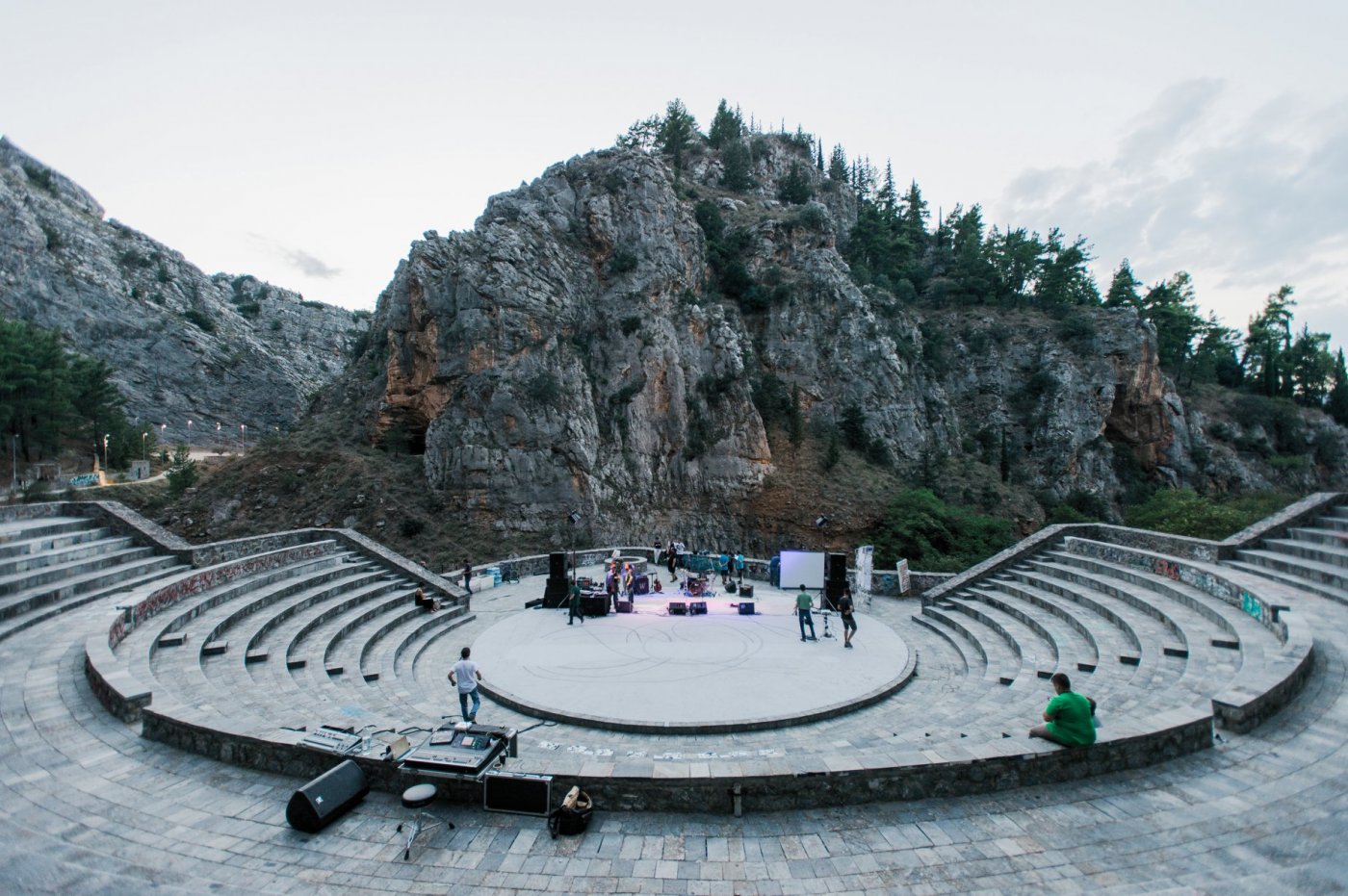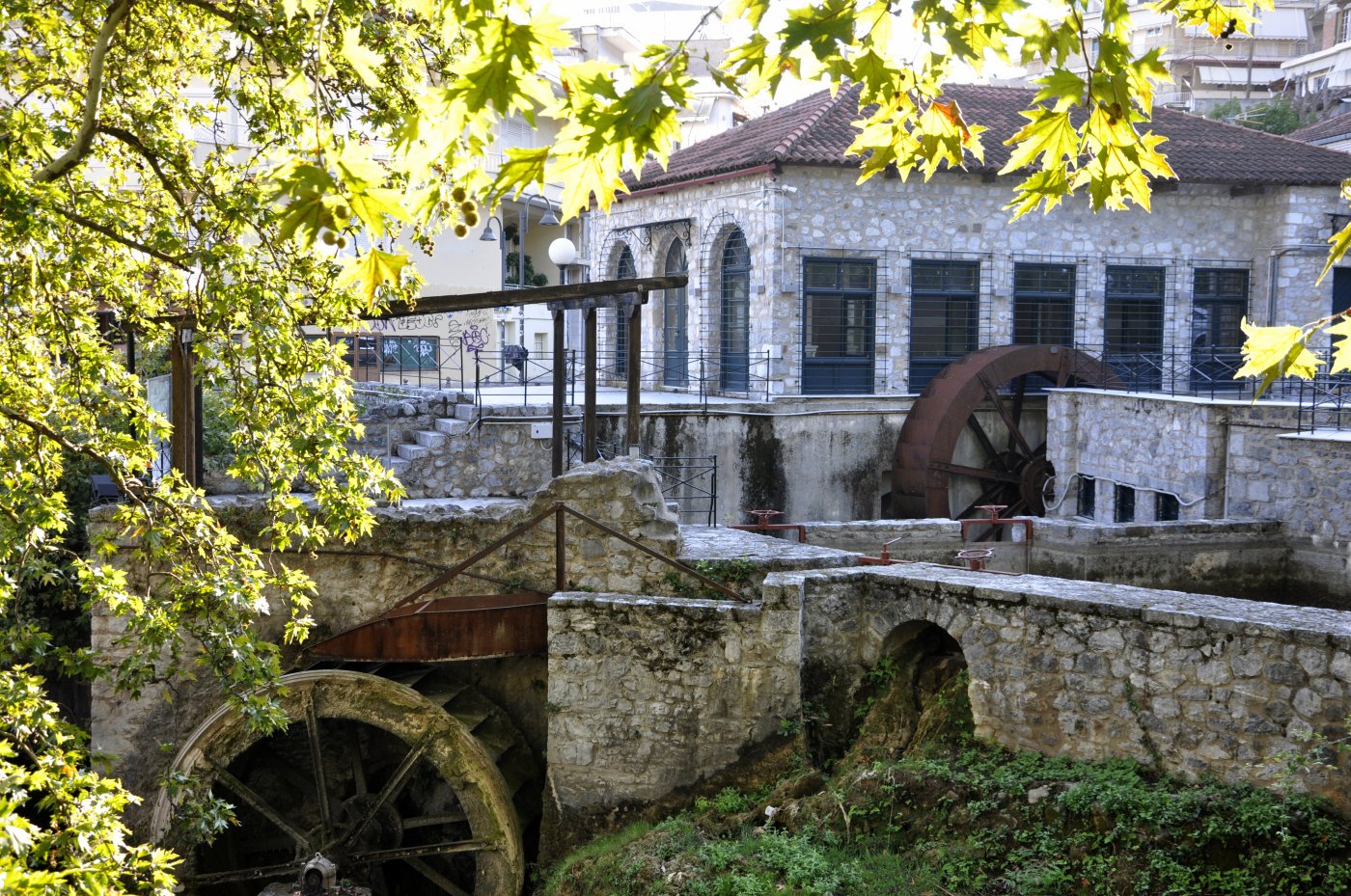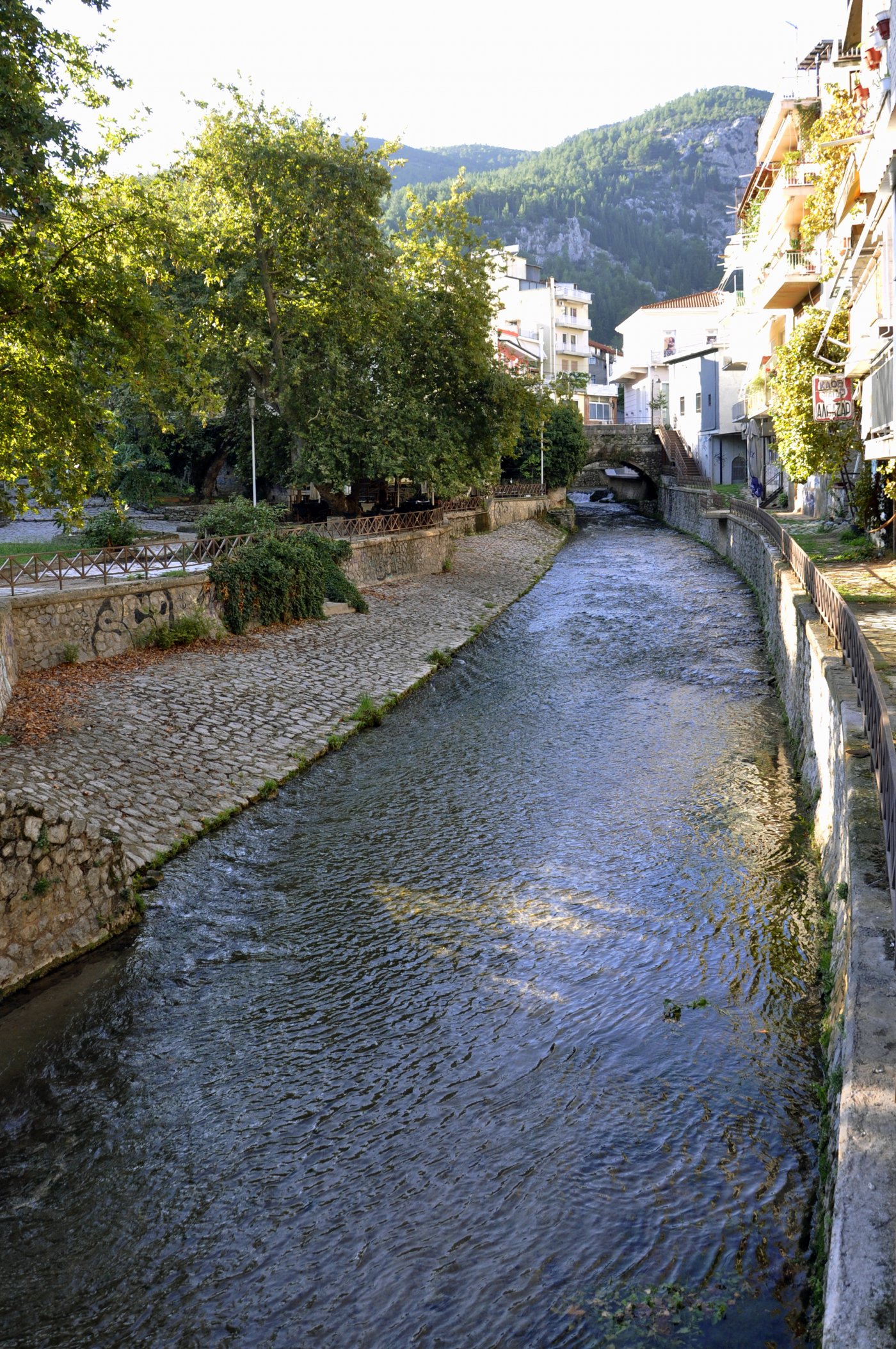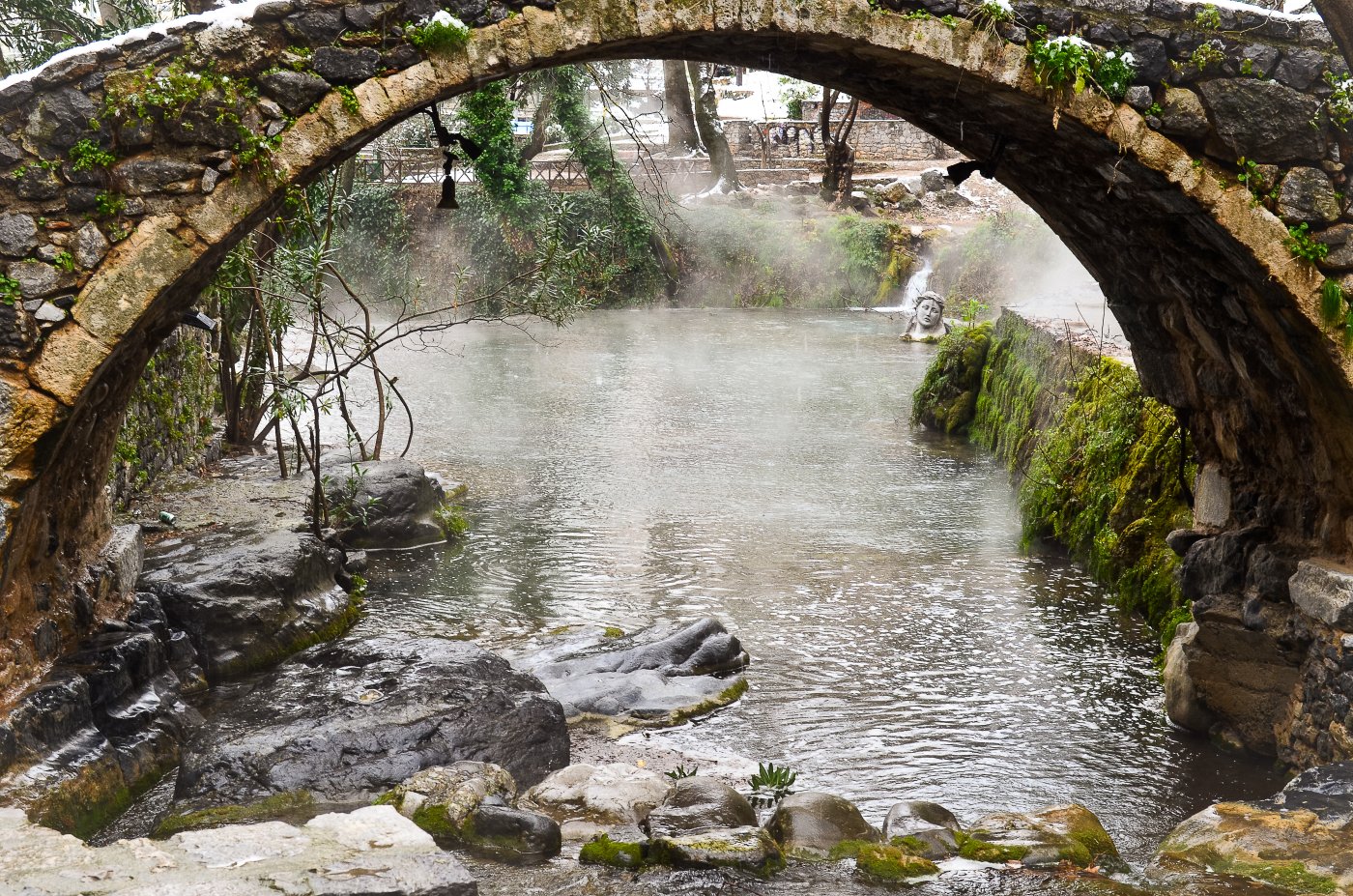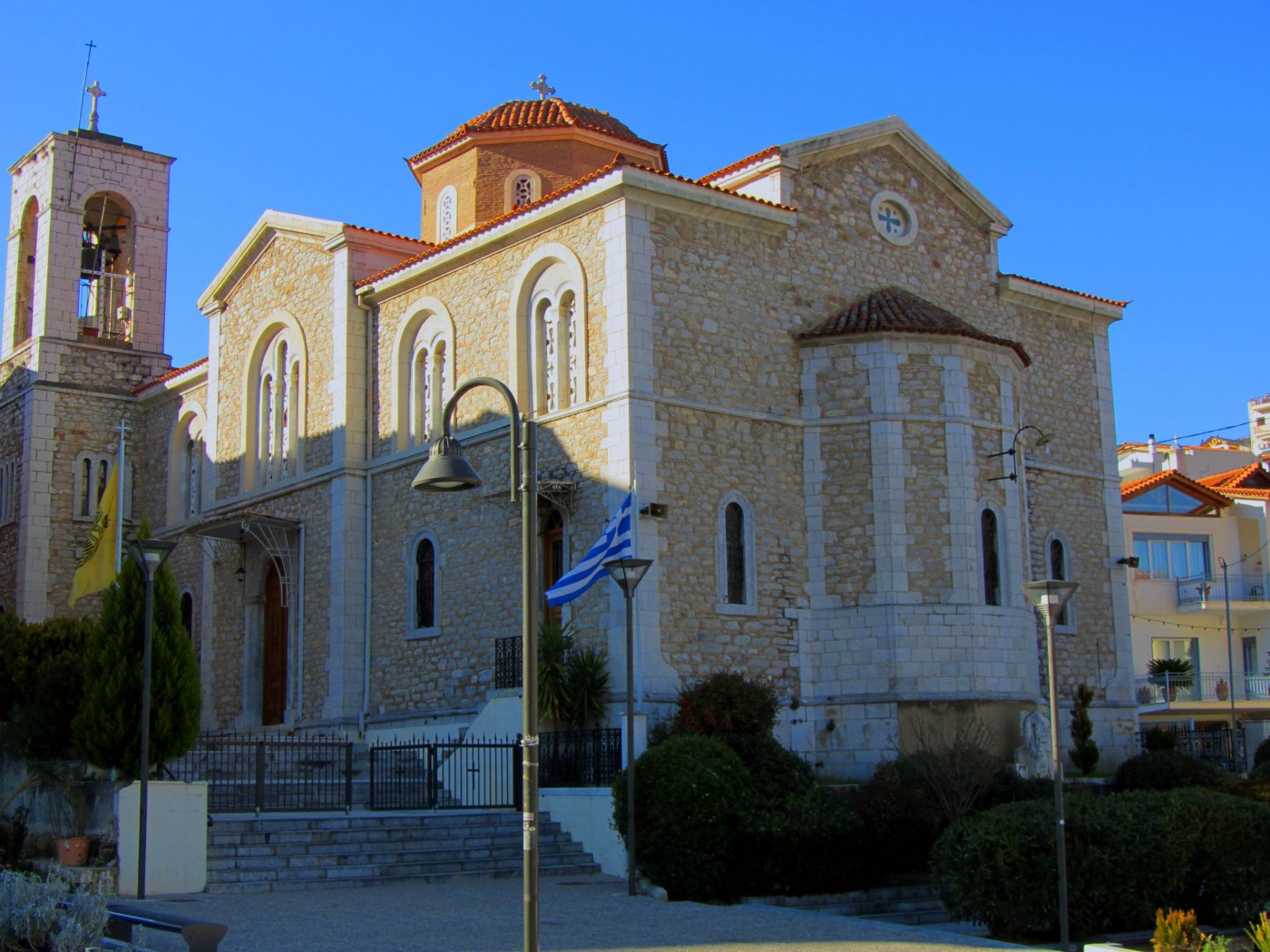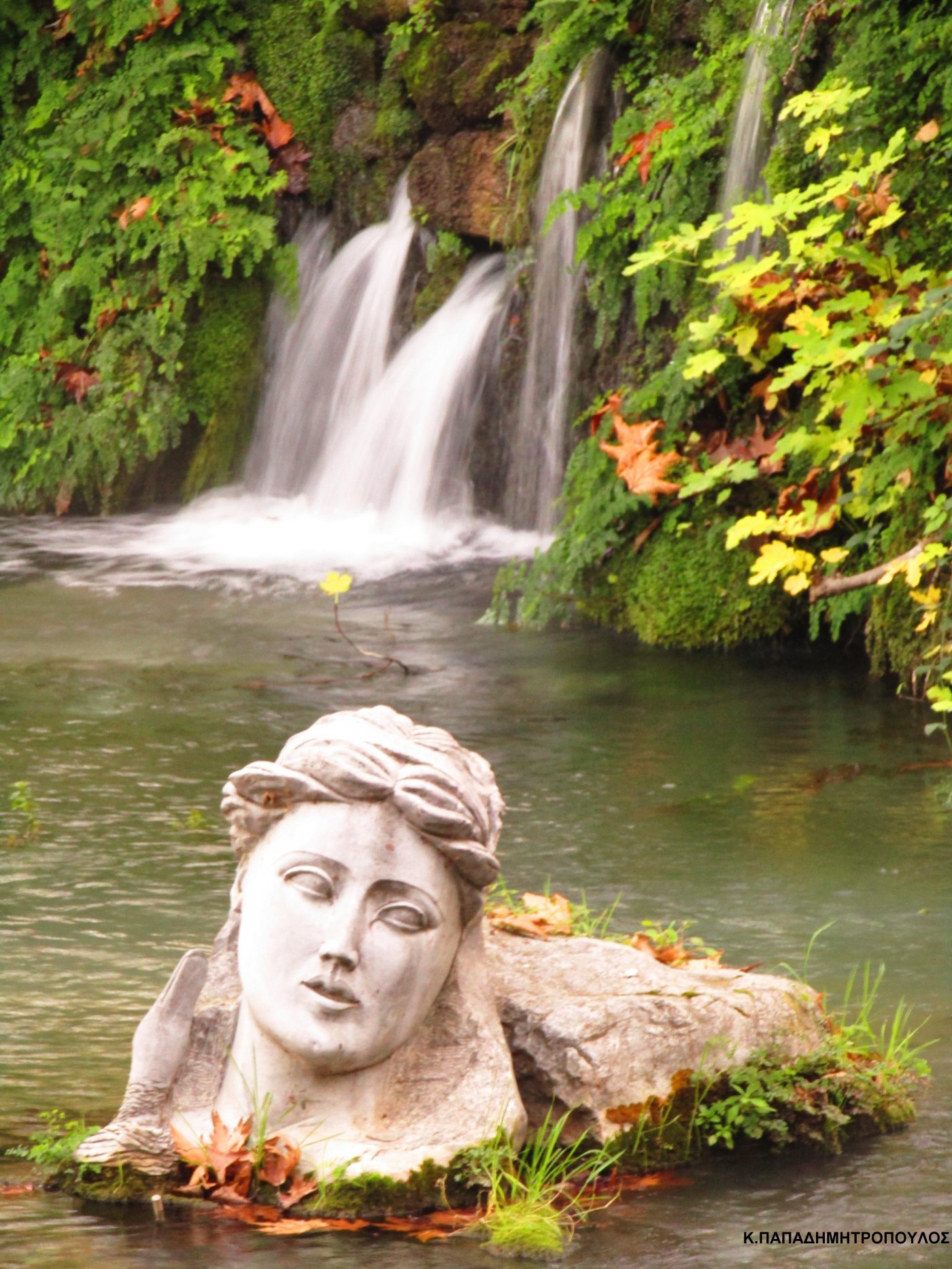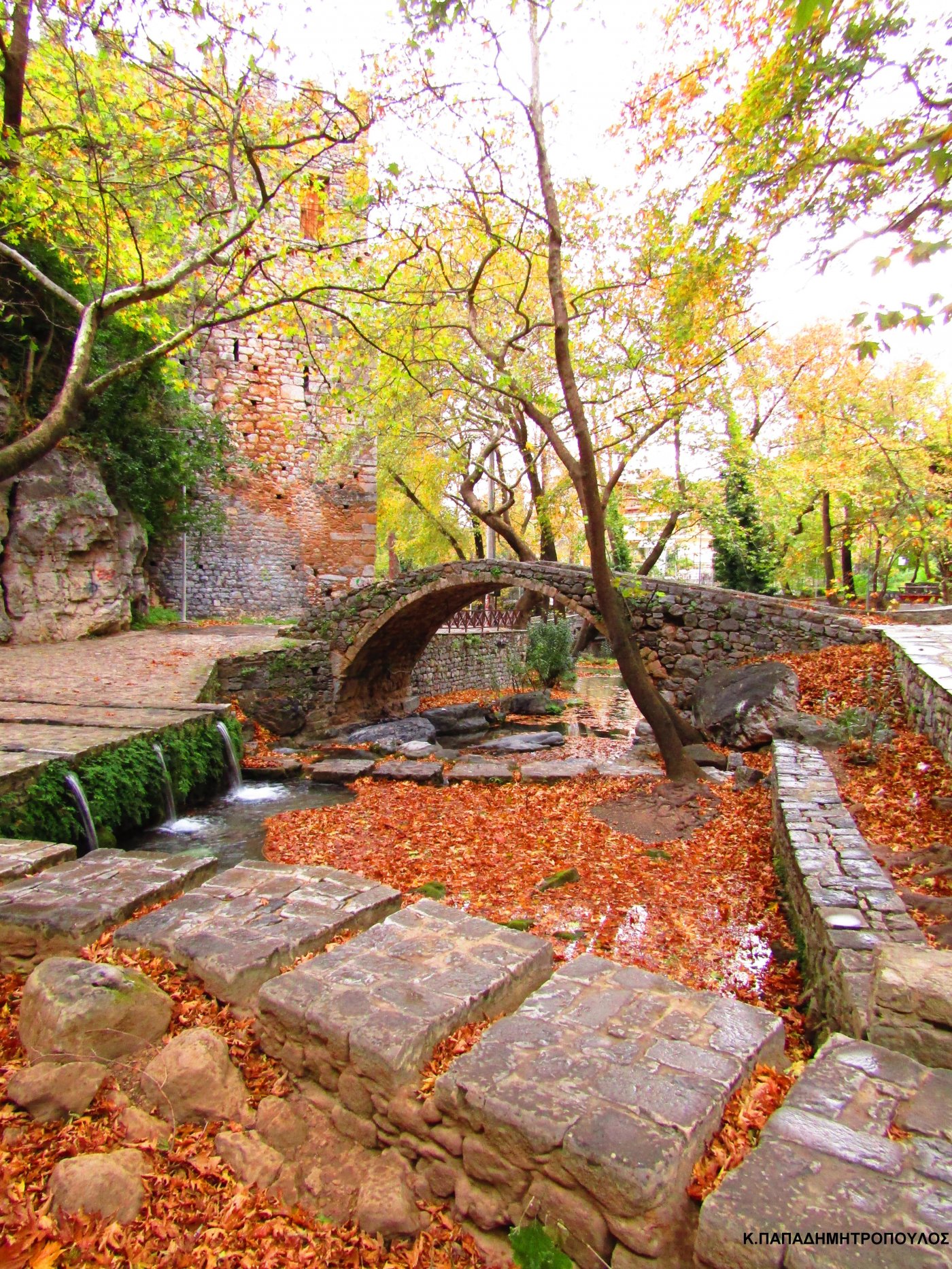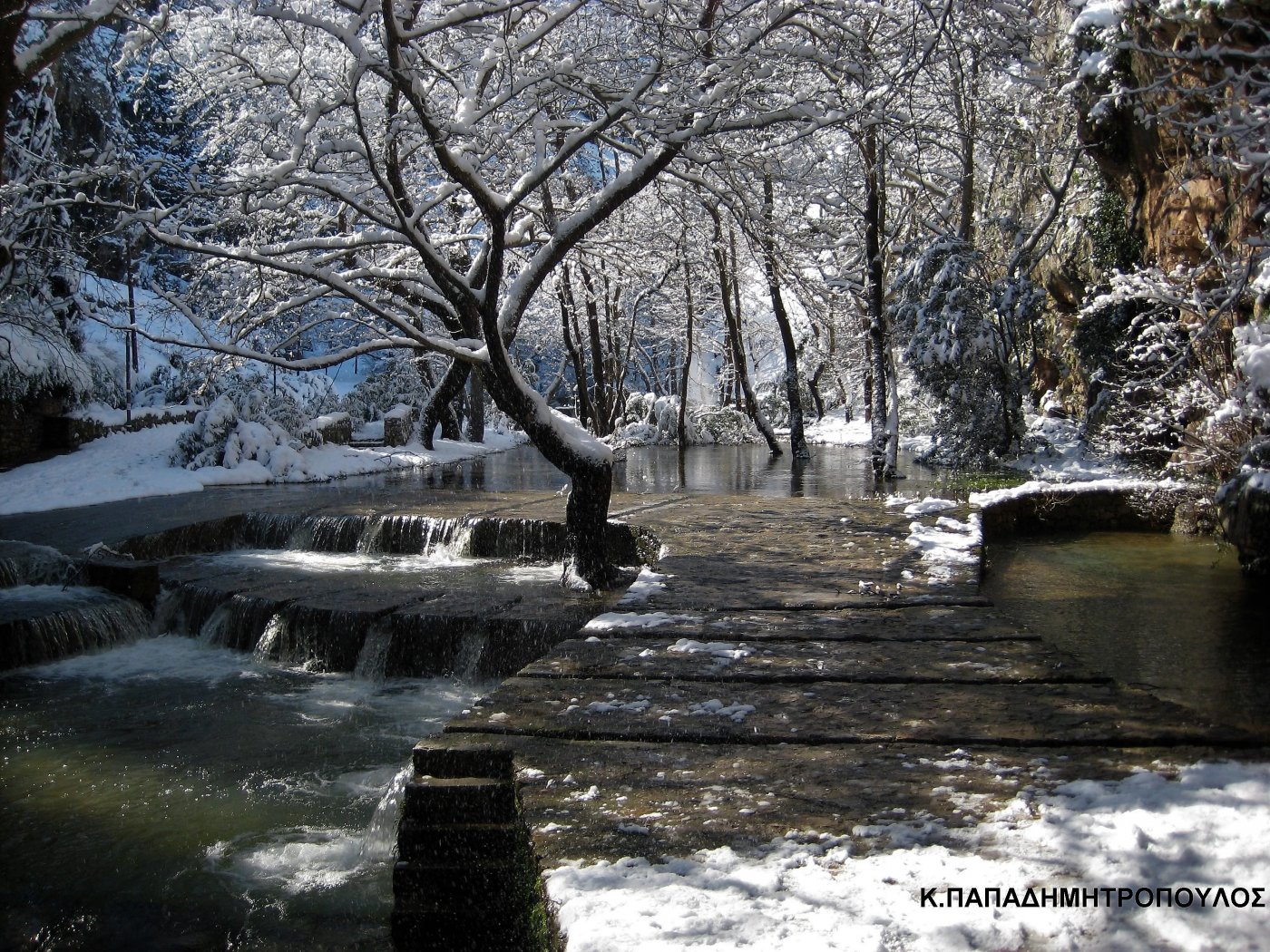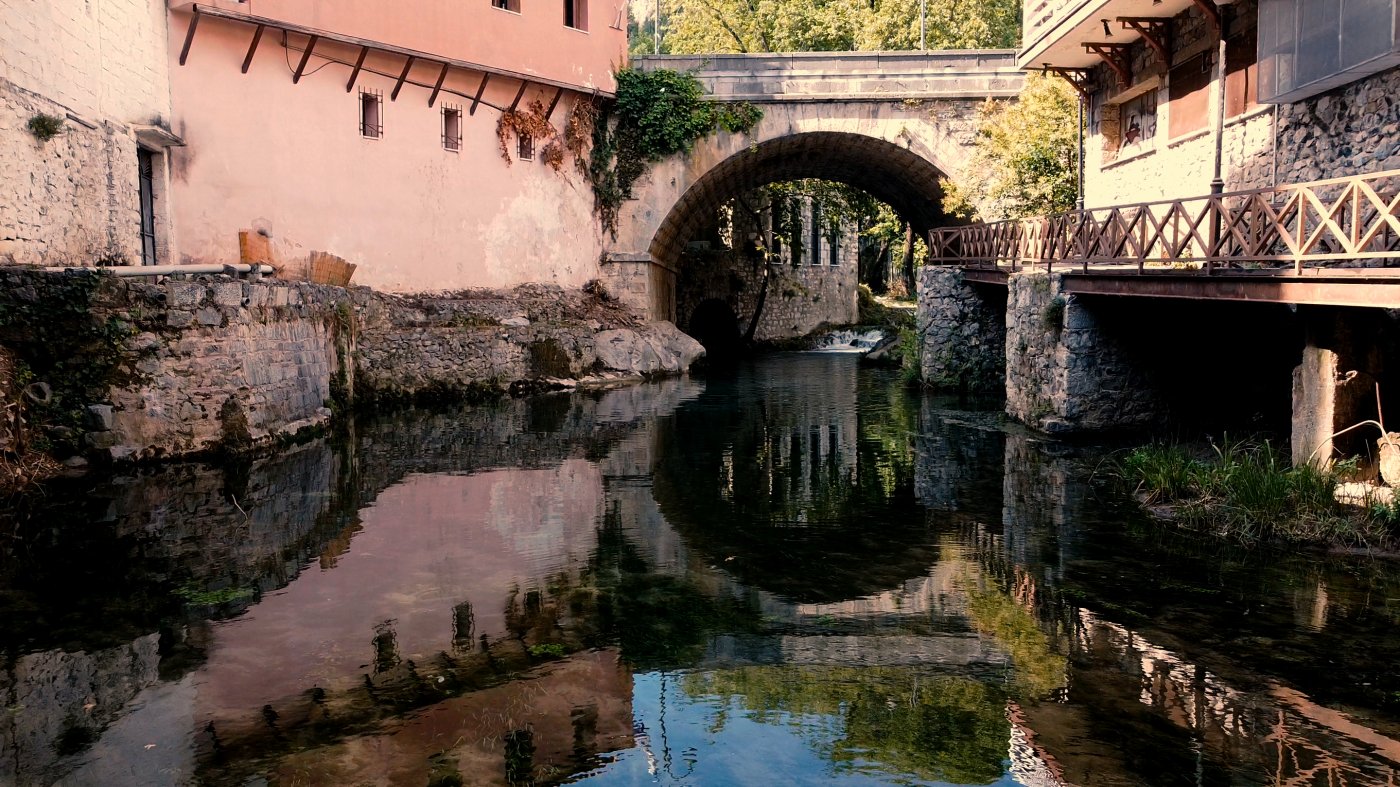
- City Hall, Sofokleous 15, Livadeia 321 31, Boeotia prefecture, Greece
- 0.371 klm
- NE
- +30 2261350801 - 802 - 803
- https://dimoslevadeon.gr/
- info@livadia.gr
The area of Levadia has been continuously inhabited since the Proto-Hellenic period until today. According to Homer (8th BC legendary author of the famous epic poems Iliad and Odyssey), it participated in the Trojan War under the name "Midia". Later it was renamed Levadia by the Athenian settler Levados, who settled the inhabitants in the current location of the city. Levadia was associated with the Oracle of Trophonius, the chthonic local deity, whose fame gradually transformed Levadia into a famous religious centre and holy city of the Boeotians. Here are the springs of Lithi and Mnimosini and the Sacred Grove. Important is also the information given by the ancient traveller Pausanias (2nd AD Greek traveler and geographer) about the Oracle. Excavations have brought to light a large number of epigraphs that confirm the particular prosperity of the city, as the late Roman period. which from 370 BC was minting its own currency.
After the great battle of Copaida in 1311 AD, the city came under Catalan rule from the Franks, who gave the city important privileges and formed the final fortification of the castle.
During the Turkish occupation, Levadia was a remarkable and prosperous city, the capital of Rumeli and so-called "Greek Levadia", because it was inhabited mainly by Greeks and a few Jews and Turks. Levadia, rich, populous and powerful, played an important role in the Greek Revolution and the liberation from the Turks.
The city experienced a great economic boom from 1860 with the intensive cultivation of cotton, the "gold of the Boeotian land" which, combined with the power of the water of the river Erkyna, the so-called "white coal", was the third industrial city of the country, after Patras and Syros. It produced the largest production of ginned cotton, while large establishments of spinning mill, flour mills and water mills were set up for bleaching the wool of sheep and goats, as well as for washing clothes.
Of the special, stone-built, industrial buildings, with their characteristic architecture, only two are preserved, restored and changed use, the Neromilos and Nerotrivi, while right next to the springs of Lithi and Mnimosini, the tourist pavilion `Xenia` was built in the 1960s by the professor urban architect Alexandros Papageorgiou - Venetas

